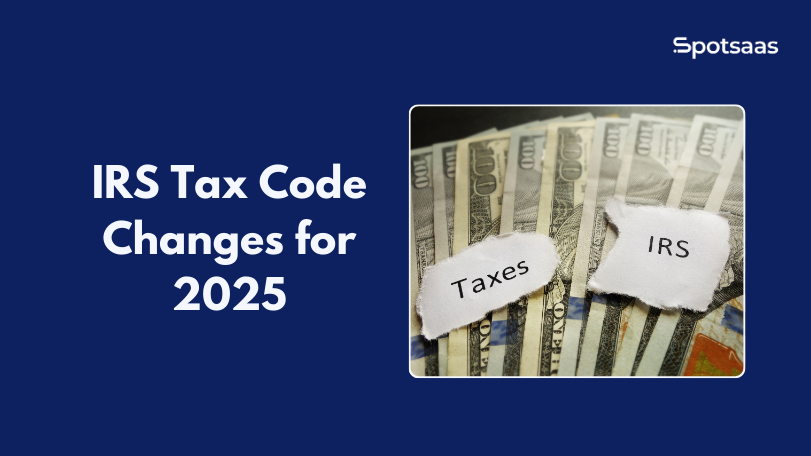Are you struggling to align your team’s skills with the needs of your organization? Competency mapping is a powerful tool used by HR professionals worldwide. This guide will demystify the competency mapping process, providing step-by-step instructions for identifying key competencies and filling any skill gaps.
Let’s dive in and transform your talent management strategy!
Key Takeaways
- Competency mapping is a powerful tool used by HR professionals to align team skills with organizational needs.
- It involves identifying the skills, knowledge, and behaviours required for successful performance in specific roles within an organization.
- Competency mapping helps HR professionals make informed decisions about hiring, training, and talent development.
- The process includes steps such as role clarification, competency identification, assessment, gap analysis, and training and development.
Understanding Competency Mapping
Competency mapping is the process of evaluating and identifying the skills, knowledge, and behaviours required for successful performance in a specific role within an organization.
Definition of competency mapping
Competency mapping centres around identifying particular skills, knowledge, abilities, and behaviours that an individual must possess to perform their tasks effectively in a job. It involves developing a comprehensive framework that describes every expected competency within the organization.
This tool aids HR professionals in understanding the specific soft and hard skills needed for each role and setting clear performance expectations accordingly.
Importance of competency mapping in HR
Competency mapping plays a crucial role in HR management. By identifying and assessing the skills, abilities, and behaviours required for each job role within an organization, competency mapping helps HR professionals make informed decisions about hiring, training, and talent development.
It enables them to align employee competencies with organizational goals and objectives. Additionally, competency mapping allows HR professionals to identify skill gaps and design targeted training programs to address these gaps.
Overall, competency mapping enhances the effectiveness of HR practices by ensuring that employees have the necessary skills and capabilities to succeed in their roles.
Steps in Competency Mapping
The steps in competency mapping include role clarification, identification of competencies, competency assessment, competency gap analysis, and training and development.
Role clarification
Role clarification is a crucial step in the competency mapping process for HR professionals. It involves clearly defining and understanding the roles within an organization. By clarifying roles, HR professionals can identify the specific competencies needed for each position.
This helps in setting clear expectations, aligning responsibilities, and ensuring that individuals are assigned to tasks that match their skills and abilities. Role clarification also facilitates effective performance evaluation and talent management by enabling HR professionals to assess whether employees possess the necessary competencies to meet job requirements.
Identification of competencies
Identifying competencies is a crucial step in competency mapping for HR professionals. It involves determining the specific knowledge, skills, and abilities that employees need to perform their jobs effectively.
This process can be done through job analysis, interviews with subject matter experts, or competency assessment tools. By identifying key competencies, HR professionals can better understand the requirements of each role and align them with organizational goals.
This information serves as a foundation for other steps in the competency mapping process, such as competency assessment and gap analysis.
Competency assessment
Competency assessment is a crucial step in the competency mapping process for HR professionals. It involves evaluating employees’ skills and capabilities to determine their level of proficiency in specific competencies required for their roles.
By conducting competency assessments, HR professionals can identify areas of strength and areas that need improvement within the workforce. This information helps inform training and development programs, allowing organizations to bridge any skill gaps and ensure employees have the necessary skills to perform their jobs effectively.
Additionally, competency assessments assist with performance evaluations and succession planning by providing valuable insights into an employee’s readiness for career advancement opportunities within the organization.
Competency gap analysis
To effectively implement competency mapping, HR professionals must conduct a competency gap analysis. This involves identifying the difference between an employee’s current skills and the skills required for a specific role or job.
By conducting this analysis, HR professionals can pinpoint areas where employees need additional training or development to bridge the gap. This process ensures that organizations have a skilled and competent workforce, ready to meet the demands of their roles.
It also helps in aligning training and development programs with organizational goals and objectives, leading to improved performance and productivity.
Training and development
Training and development play a crucial role in competency mapping for HR professionals. Through training programs, employees can acquire the skills and knowledge needed to meet the identified competencies.
Development opportunities allow individuals to enhance their abilities further and reach their full potential within an organization. By investing in training and development, HR professionals can ensure that employees have the necessary tools to excel in their roles, bridge any competency gaps, and contribute effectively to the overall success of the company.
Benefits of Competency Mapping for HR Professionals
Competency mapping provides several benefits for HR professionals, including improved hiring and recruitment processes, informing learning and development strategies, and enabling succession planning.
Improved hiring and recruitment processes
HR professionals can greatly benefit from competency mapping when it comes to improving hiring and recruitment processes. By clearly defining the required competencies for each job role, HR professionals can ensure that they attract and select candidates who possess the necessary skills and abilities.
This helps streamline the hiring process by reducing time spent on reviewing irrelevant applications and interviewing unqualified candidates. Additionally, competency mapping allows HR professionals to identify any skill gaps within their organization’s workforce, which can then be addressed through targeted recruitment strategies or training programs.
Ultimately, improved hiring and recruitment processes lead to a more efficient and effective workforce.
Informing learning and development strategy
Competency mapping plays a crucial role in informing the learning and development strategy for HR professionals. By identifying the key competencies required for success in each role, organizations can design targeted training programs that address skill gaps and enhance employee performance.
The insights gained from competency mapping enable HR professionals to create meaningful learning opportunities that align with business goals and help employees reach their full potential.
This strategic approach not only ensures a more agile workforce but also contributes to overall organizational effectiveness.
Enabling succession planning
Enabling succession planning is one of the key benefits of competency mapping for HR professionals. By identifying and developing the necessary competencies within employees, organizations can ensure a smooth transition of leadership roles when needed.
Succession planning involves proactively identifying and grooming potential successors for critical positions within the company. Competency mapping helps in this process by assessing individuals’ current skills and capabilities, identifying any gaps that may exist, and providing targeted training and development opportunities to fill those gaps.
This ensures that there is a pool of qualified candidates ready to step into important roles, mitigating the risks associated with sudden vacancies or retirements. With an effective succession plan in place, organizations can maintain continuity and minimize disruptions during times of leadership transitions.
Conclusion
In conclusion, competency mapping is a crucial process for HR professionals. By effectively identifying and assessing the skills and competencies needed within an organization, HR professionals can improve their hiring processes, inform learning and development strategies, and enable succession planning.
Implementing competency mapping ensures that organizations have a skilled and agile workforce, ready to tackle future challenges. With this comprehensive guide, HR professionals now have the necessary framework to successfully navigate through the competency mapping process.
FAQs
1. What is competency mapping for HR professionals?
Competency mapping for HR professionals is a framework used to define core skills and assess individuals’ abilities for career management and development purposes.
2. How does the competency model work in skill assessment?
A competency model, such as the SHRM competency model, aids human resources in identifying job assignments that encourage personal skill development.
3. What are the key elements of a comprehensive guide on competency mapping?
A comprehensive guide on competency mapping contains a step-by-step process in developing a competency mapping framework and its relevance towards better career management.
4. Can I use any resource book for implementing HR Competency Mapping?
While there are many resources available, it’s vital to choose an effective resource book that provides detailed guidance on human resource-based competencies, strategies, and tools for successful implementation.
5. Are there specific tools crucial in Competency Mapping?
Yes! Using appropriate competencies mapping tools can enhance accuracy while defining essential skills needed for various job assignments within your organization.



